Leila Austin reviews five picture books bursting with brightness, colour, and energy.

Boingo and the Golden Balloon, by Dylan Coburn
Storyboard artist and art director Dylan Coburn’s first solo picture book sets out to introduce young children to the concept of addition. When a gust of wind blows Boingo’s beloved golden balloon out of reach, he seeks guidance from some animal friends to add up the number of jumps to reach it and bounce safely back down to the forest floor.
The illustrations have a nice sense of motion—Boingo is an incredibly bouncy rabbit, and you can really feel his springiness on every page—but I felt like the pictures were caught somewhere between Oliver Jeffers’ minimalistic style and Lauren Child’s fuller and busier work. I personally felt they ended up too plain and too busy at the same time and might have benefitted from choosing just one direction to go in.
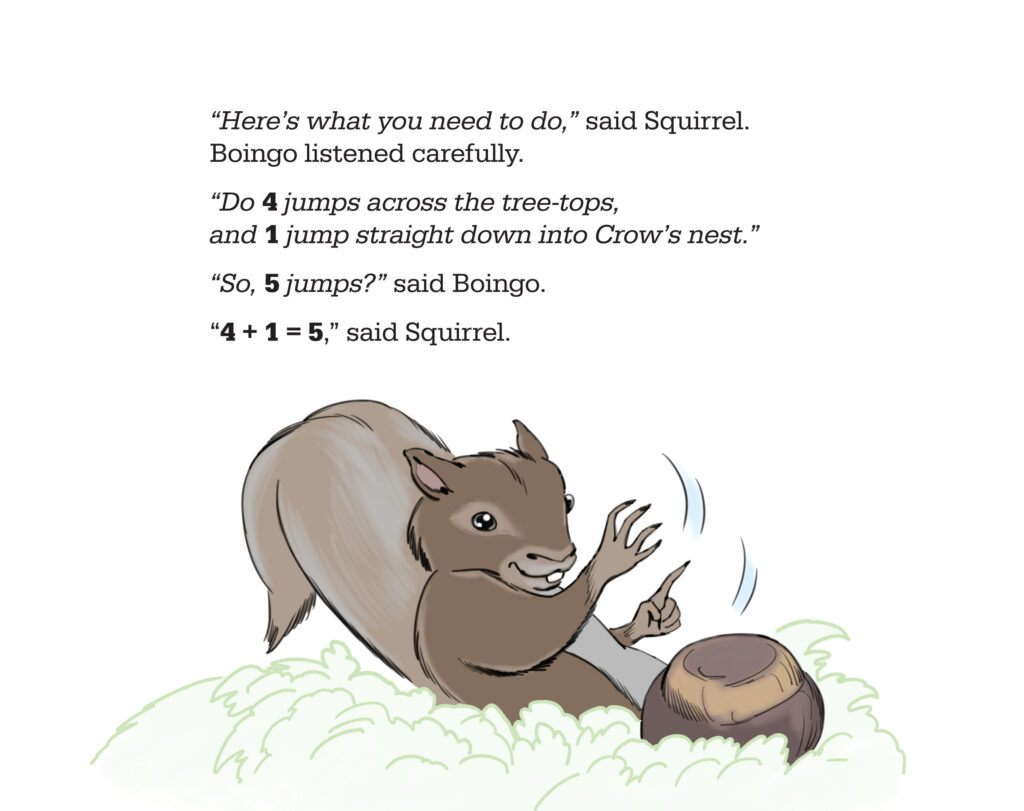
Coburn does a clever job weaving addition into the story, but I found the text pretty clunky, and beyond the maths, the story felt rather thin for me. I also feel like the book really missed an opportunity by adding the jumps together instead of showing Boingo counting out each one in real time. Preschoolers love joining in with counting, and it would have really brought the numeracy concept home. (Although obviously an accomplished picture book reader could always add the counting in themselves while reading the book to a child.) Nonetheless, this might be a good read for a little one with a passion for numbers, or a handy resource for a new entrant teacher looking to introduce kids to addition.
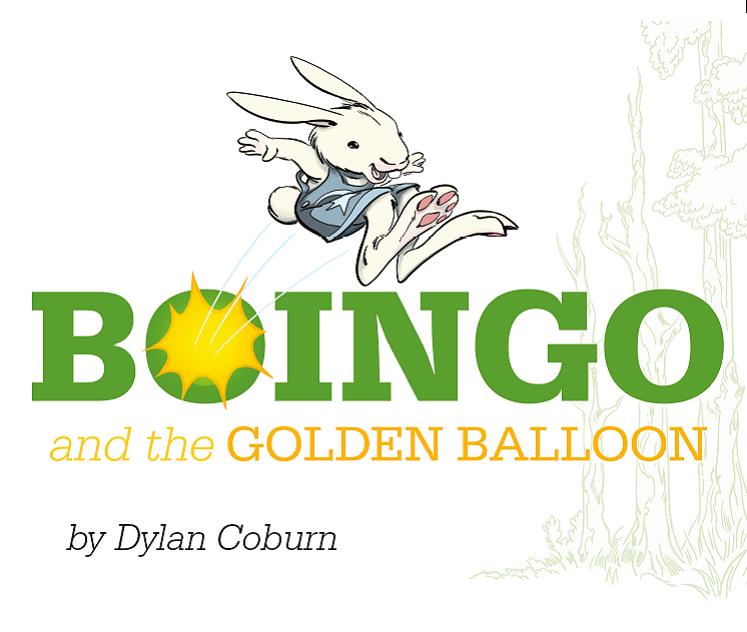
Messy-o-saurus, by Rachel Weston, illustrated by Scott Tulloch
When a mother finds a series of suspicious messes in every room of the house, her little girl explains each one by pinning the blame on a different fantastical creature, including snivelling snoo-galas, bouncing boogalas, the two-horned trumpeting sea rompster, the fearsome fangle-fangle and, of course, the messy-o-saurus.
There’s some gloriously fun language here, especially the names of all the various messy monsters
It took me a while, even reading aloud, to realise this book is partially in rhyme and I’m not sure it really needs to be. There’s some gloriously fun language here, especially the names of all the various messy monsters, but it’s sometimes a little hampered by the rhyme scheme. However, this doesn’t change the fact that the book is incredibly charming. The monsters are colourful and brimming with personality, the main character is exceptionally relatable to any preschooler—I mean, what kid hasn’t made a massive mess and tried to pretend it wasn’t them?—and as someone who’s parented a few wee’uns, the depiction of the mess felt very real. It’s also genuinely funny.
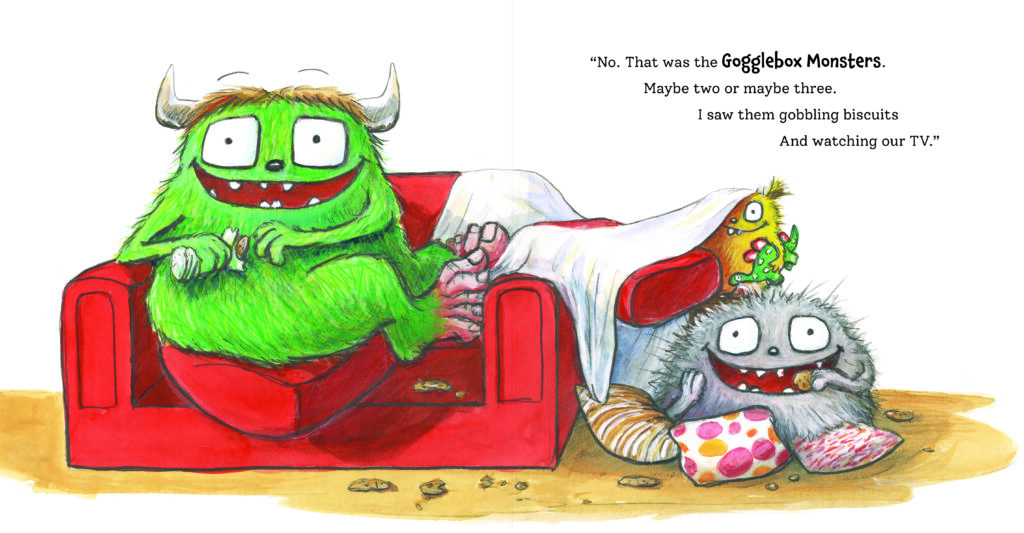
Most of all, I loved how this book treats mess as a natural fact of life with kiddos, rather than casting any kind of moral judgement on it
Most of all, I loved how this book treats mess as a natural fact of life with kiddos, rather than casting any kind of moral judgement on it. When the girl finally admits the real messy-o-saurus was her all along, her mother scoops her up and gives her a big hug. May all parents of preschoolers be blessed with such patience!
(Confession: the biggest messy-o-saurus in my house is me.)
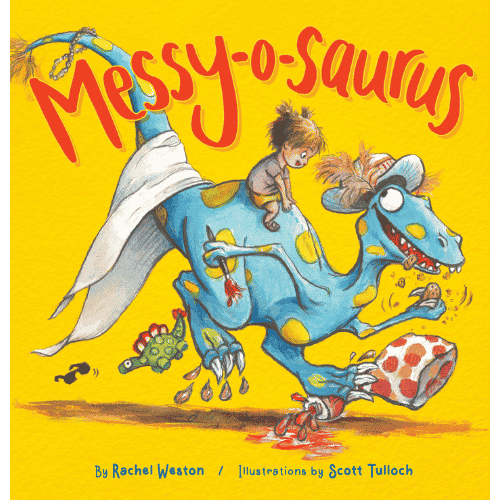
Messy-o-saurus
Written by Rachel Weston
Illustrated by Scott Tulloch
Published by Weston Books Ltd
RRP: $22.00
The Monkey and the Moonbeam, by Jonathan Smith
This one is a bit meta: a bedtime story about a little monkey called NicNic drifting off to sleep as he listens to his mother telling him stories. NicNic dreams of embarking on an epic adventure in search of the softest bed in the world, so that he can have the best sleep in the world. He travels through Tanzania, Chile, the Himalayas, and many other corners of the globe only to realise that the softest bed in the world won’t give him the best sleep in the world, because the best sleep in the world comes from snuggling up, listening to his Mamma and Dada’s bedtime stories, and feeling their love.
NicNic dreams of embarking on an epic adventure in search of the softest bed in the world, so that he can have the best sleep in the world
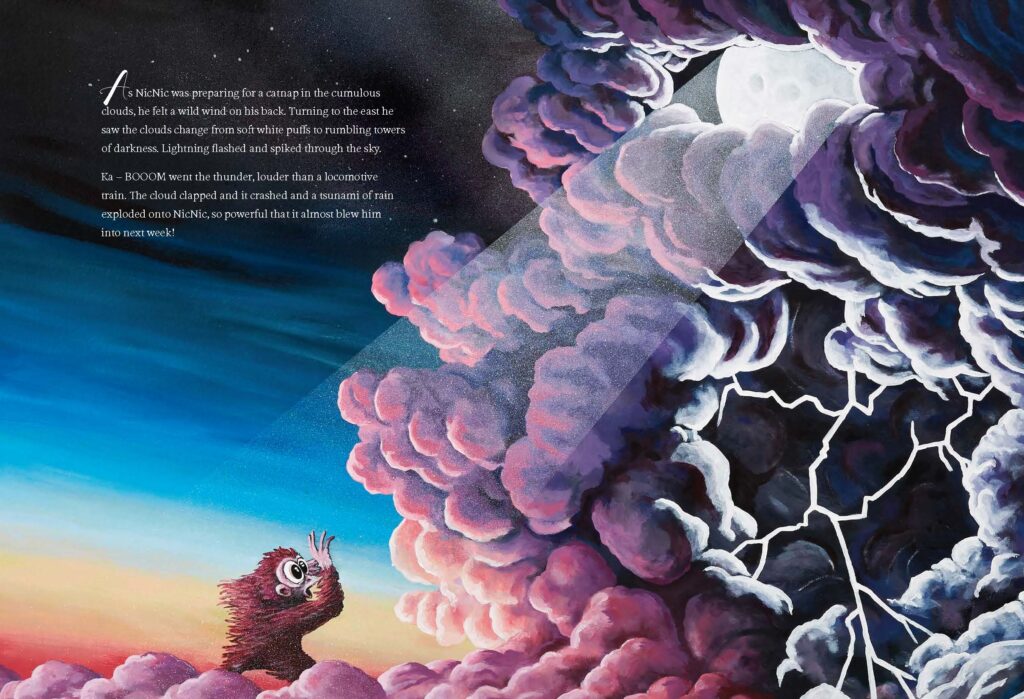
NicNic’s journey has a suitably dreamlike vibe, and the story moves at a gentle pace, which is fine, given that this is very much a wind-down book rather than a rev-up book. Still, I wanted a little more from it. The writing is awkward in places—although there’s some lovely alliteration in there—and the depictions of the monkeys and other animals with their strange bulging eyes didn’t quite match the beauty of the landscapes and scenery, which are stunning, with their beautiful use of colour and light.
NicNic’s journey has a suitably dreamlike vibe, and the story moves at a gentle pace
If you want something grabby and full of action, this probably isn’t the book for you. But if you want a peaceful story to help lull that small ball of energy in your life off to sleep, this might do the job.

Halu Bongo! by Lani Wendt Young, Samoan translation by Sisilia Eteuati, illustrated by Nikki Mariner
Unfortunately, I don’t speak Samoan and have (sadly!) not spent time in Samoa, so this review will almost certainly miss a few things. But remember Judith Kerr’s Mog the Forgetful Cat about a sweet kitty who constantly gets into trouble for her forgetfulness, until the day she ends up thwarting a burgler who has broken into their house? All is forgiven, and she’s even awarded a medal.
you have a Samoan family running a shop in the heart of a Samoan village—one that is brought to life in vibrant illustrations with visible brushstrokes and bold, vivid colours
Imagine that book, but with a bilingual text in English and Samoan, and instead of a white British family in a white British setting, you have a Samoan family running a shop in the heart of a Samoan village—one that is brought to life in vibrant illustrations with visible brushstrokes and bold, vivid colours. Here a sweet but noisy dog replaces the sweet but forgetful cat, and it’s his barking that gets him into trouble with his family, the local rugby team, the school teacher and the faifeau’s wife. When a robber breaks into the church, the rugby clubhouse, the school and the shop, the loud barking that got Bongo in so much trouble turns out to be the very thing that saves the day. Bongo is praised by the whole village, and given a reward of his own (not a medal, but some of the delicious elegi his family sells in their shop).
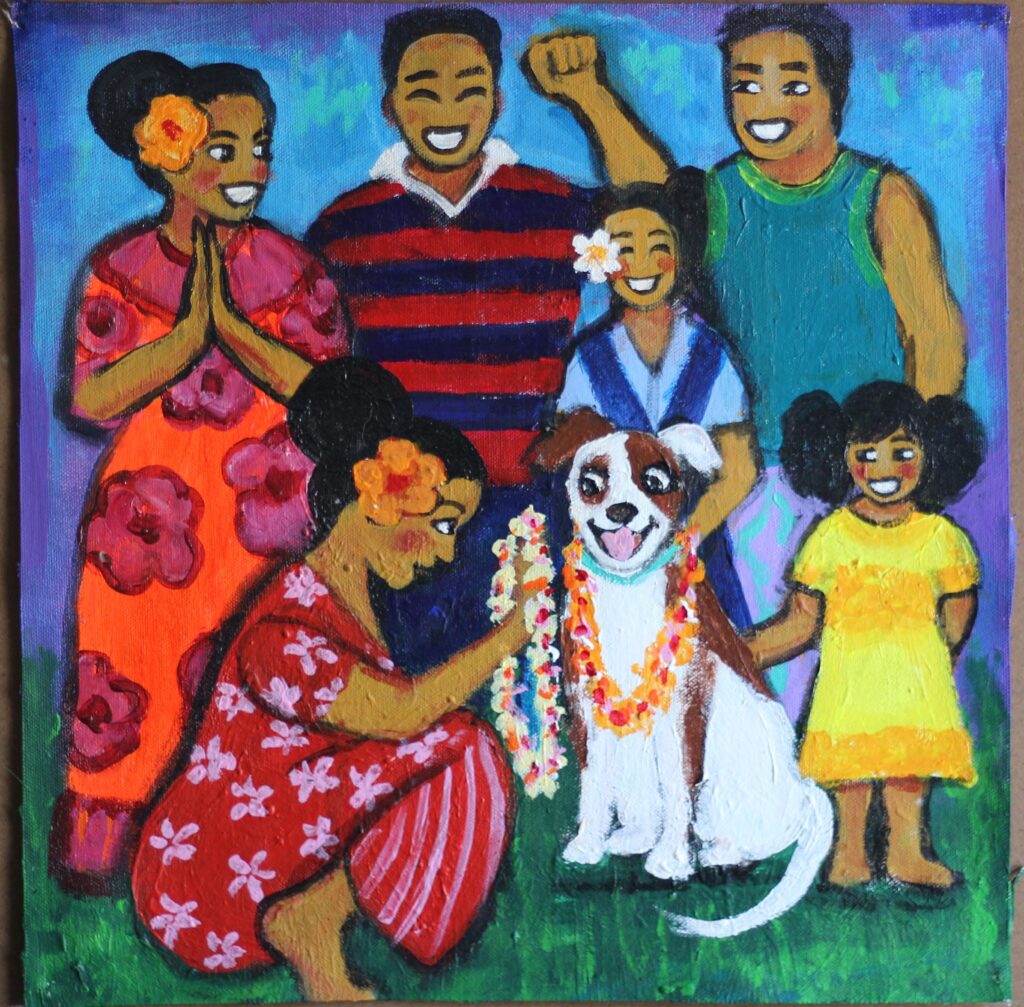
This is a bright, charming book which will appeal to preschoolers from all backgrounds, but with an extra dose of joy for Samoan kids, who will likely recognise not only themselves, but also their friends, families and local communities in the story, language and illustrations.
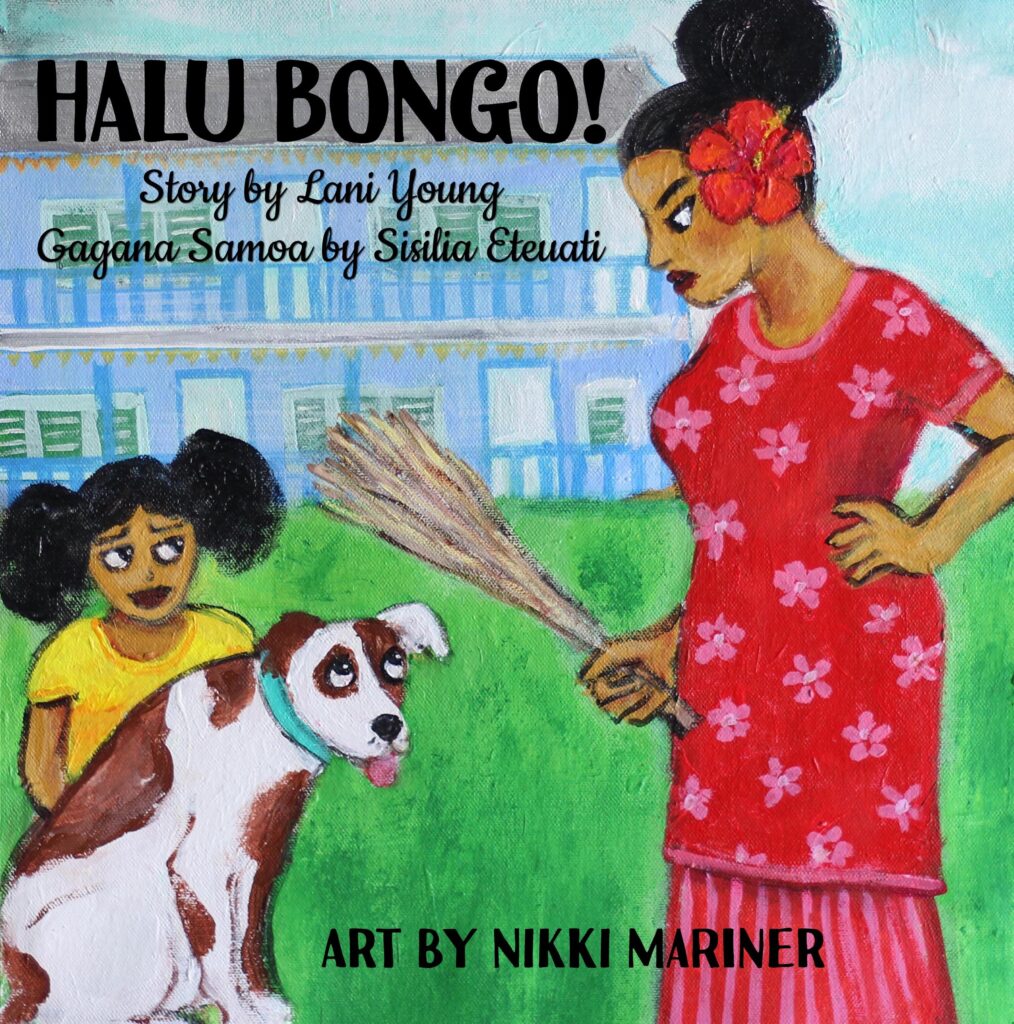
Halu Bongo!
Written by Lani Wendt Young
Samoan translation by Sisilia Eteuati
Illustrated by Nikki Mariner
Published by Nafanua Press
RRP: $25.00
The Awhi Warrior, by Lisa Cherrington and Sarika Rona, illustrated by Amy Cameron
Given the impact Covid-19 has had on our lives over the last few years, there are surprisingly few children’s books about it, even though the experience of living through the pandemic has taken up a far greater share of our children’s lives than ours. But The Awhi Warrior takes us straight back to those painful, early days when we were all in lockdown. Teina and Nanny Mihi are in separate bubbles, and Teina is in tears standing at the rickety fence that separates them, longing for an awhi in his beloved Nana’s arms. Thankfully, Nanny Mihi has some wisdom for Teina about how awhi can mean far, far more than just a hug—wisdom that will help Teina become the Awhi Warrior, gifted with the power to give and receive awhi wherever he goes.
The Awhi Warrior takes us straight back to those painful, early days when we were all in lockdown
The text is unusually lengthy—it read more like a short story for primary school kids than a picture book to me—and I didn’t quite gel with the illustrations. The style varies strangely in places, and there are multiple similar close-ups of Teina’s face in a row. I hope these things don’t deter too many readers, because the text is wonderful, and deeply, deeply moving. (I’m usually a very dry-eyed reader, but this one may or may not have brought tears to my eyes a few times. Ahem.)
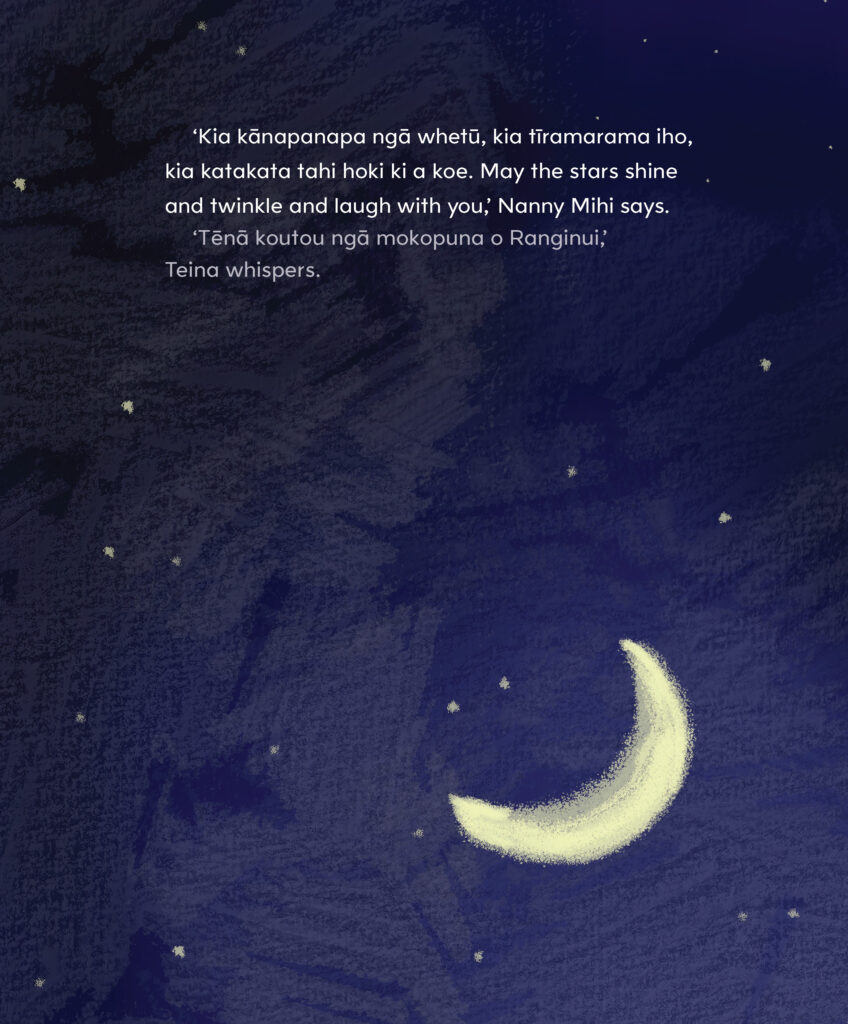
Te Ao Māori is beautifully woven into every part of the story, and Teina and Nanny Mihi’s relationship is portrayed with incredible tenderness. There’s some lovely Kiwi vernacular in there too, like the line about Nanny Mihi’s house being “in the wopwops.” I also loved the way Nanny Mihi acknowledges and honours Teina’s emotions—Cherrington and Rona are both psychologists as well as writers, and it shows.
Te Ao Māori is beautifully woven into every part of the story, and Teina and Nanny Mihi’s relationship is portrayed with incredible tenderness
Even though lockdowns are no longer a part of our lives, the memories and emotions of living through them will stay with us, and our children, for many years to come. And given the number of people in Aotearoa who spent this past Christmas self-isolating to keep their loved ones safe, Teina’s story remains as relevant and essential as ever.
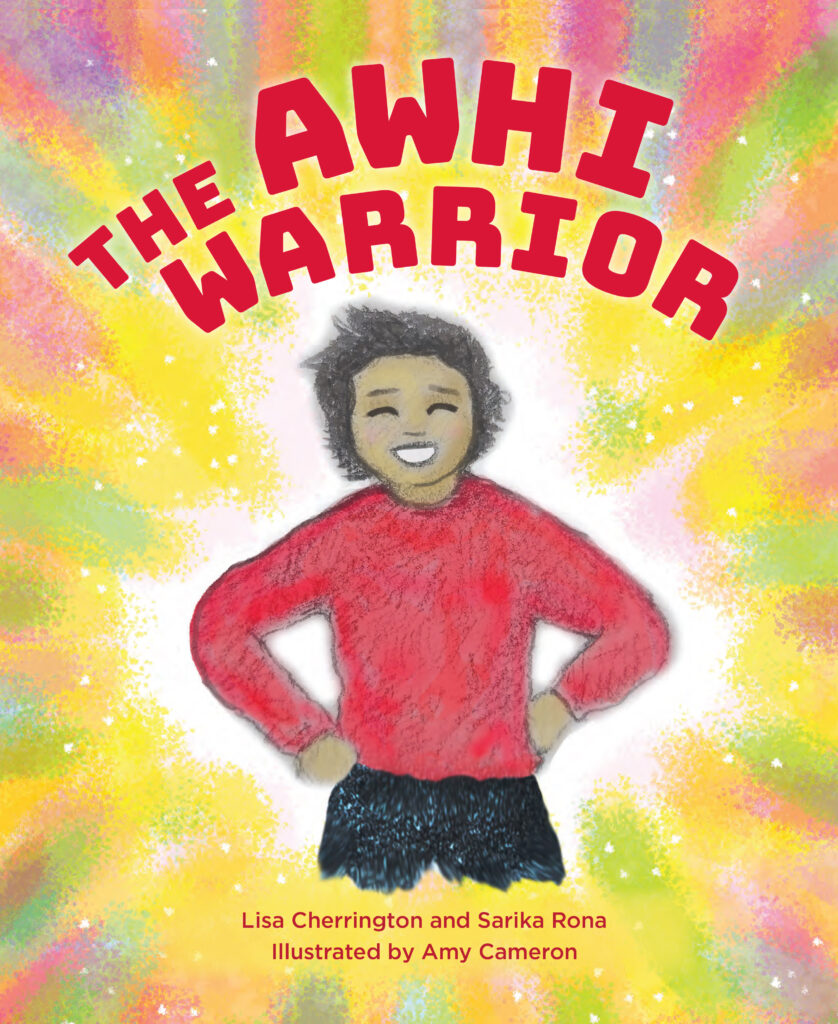
The Awhi Warrior
Written by Lisa Cherrington and Sarika Rona
Illustrated by Amy Cameron
Published by Te Tihi o Ruahine
RRP: $19.99

Leila Austin
Formerly a children’s bookseller, Leila Austin can now be found working in the many weird and wonderful libraries of Central Auckland (she managed to find a job that takes her to all of them). She loves fantasy novels, fancy tea, and going for long walks in pretty places.



